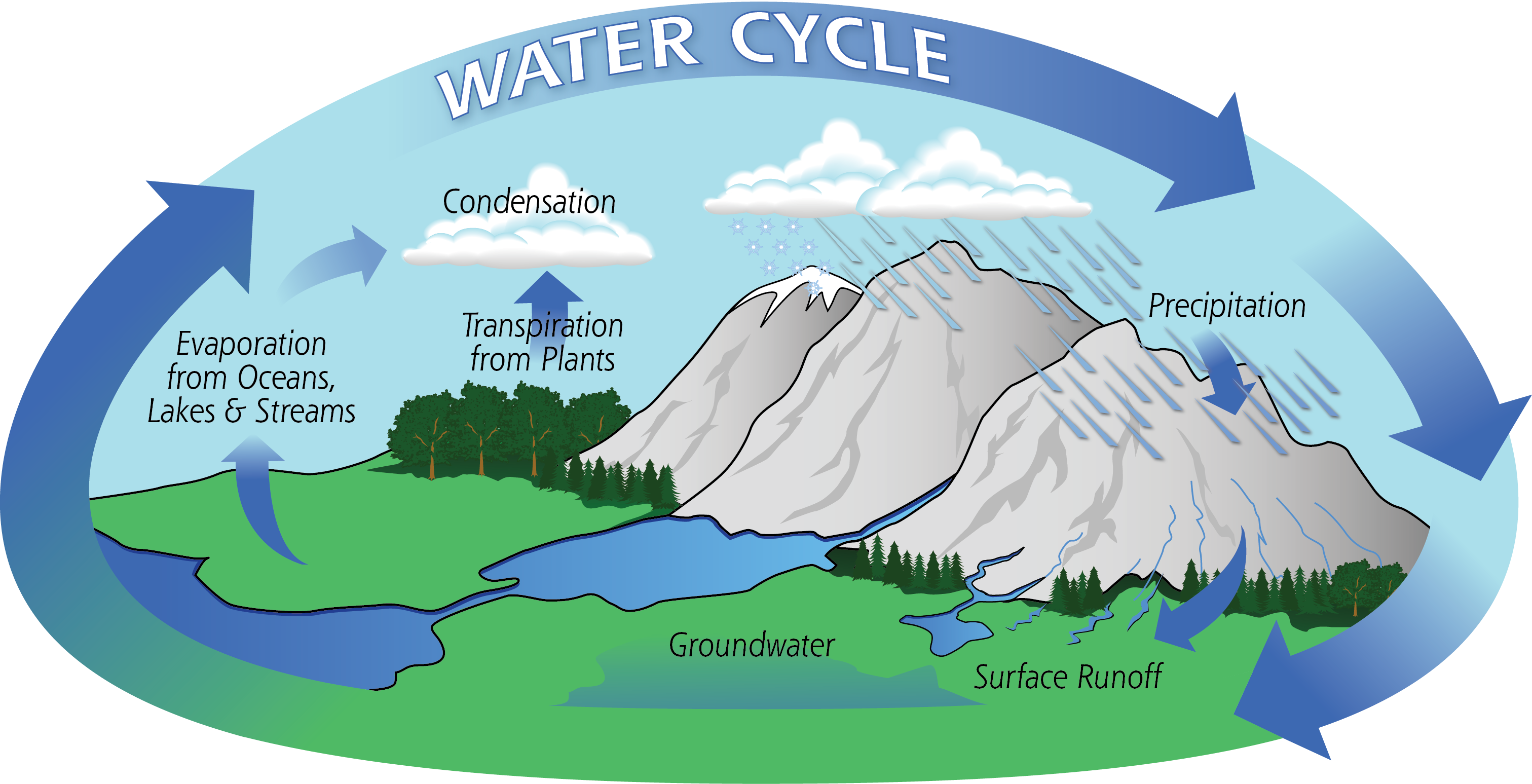Wednesday 25 September
This week on Monday we had entered our new classrooms/Kahu's. This was an amazing time, apart from the new smell. That smelt disgusting. It's part of having new buildings. One of the things that I mostly enjoyed was that we got to have a look in all of the buildings which we get to see what the other teachers has set there classrooms like.
When I walked into our new classrooms I thought.... that it would not be long till it would become messy. But also I thought with Mrs Shehata being in this classroom it would be neat and tidy. I don't know to be honest, I never really had any thoughts.
When I walked into our new classrooms I saw.... An amazing teared seating. This was the biggest thing in our classroom. I also saw more classrooms around which was for older kids above year 7 and 8. One of the favourite parts of this building was that there was sheets of paper on most of the doors. Which showed us what classroom.
Example: T2, T2 is our classroom that we share with Mr Tisch's class.
When I walked into our new classrooms I felt.... A sense that some of us would get along as we have a combined class which means that there is a likely chance that children can work well together. I have to admit that I don't really work well with other classrooms, but it really depends on the noise level and how I can work.
As we have a new school it took about roughly 2 years to make. They still have some other buildings that they may start building. There's supposed to be 5 but it depends how many students we actually get. For these's new classrooms to get built it was $27.000000 to pay for.
This experience was weird and amazing at the same time. They had layed this out perfectly. All of the classrooms are the same.








